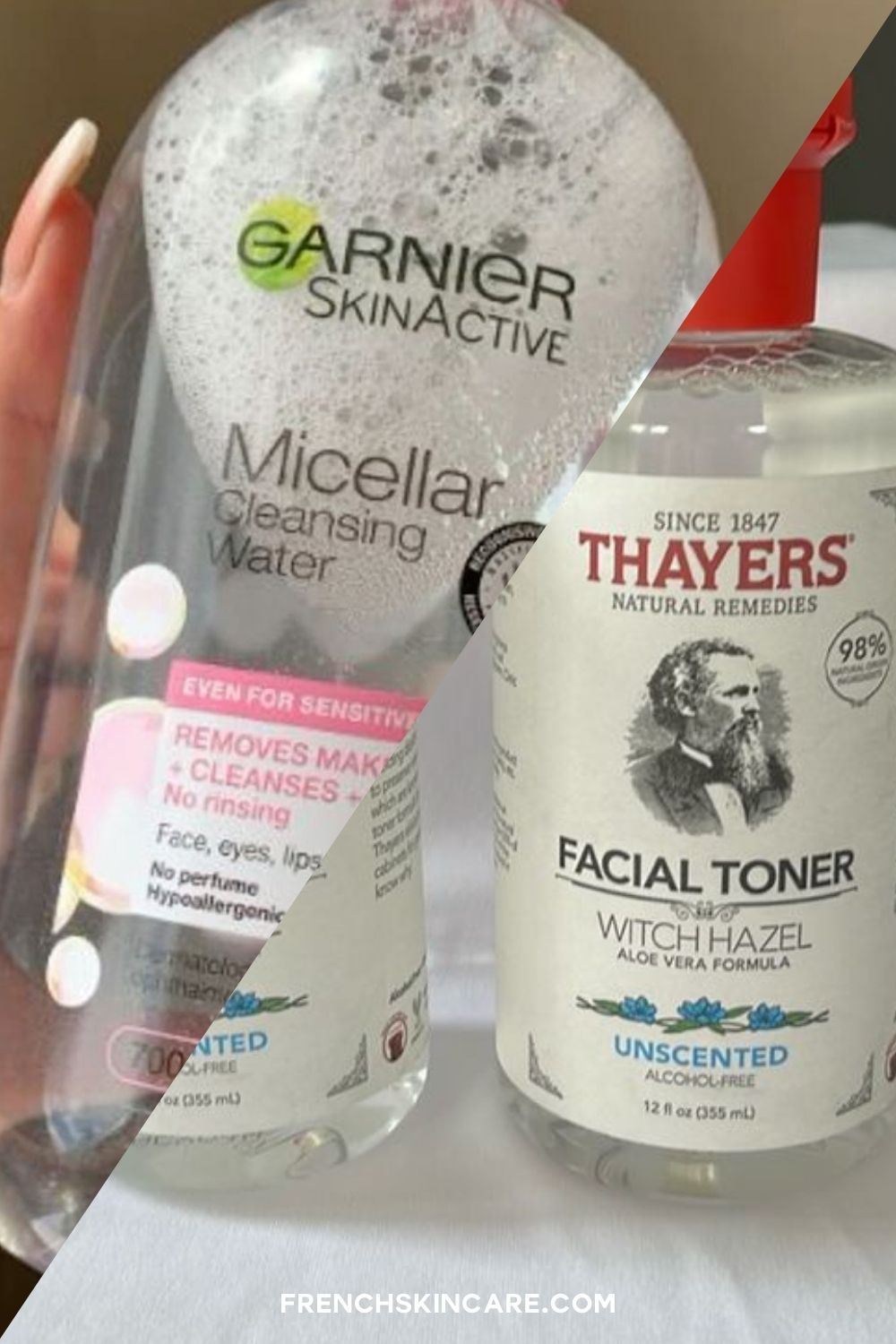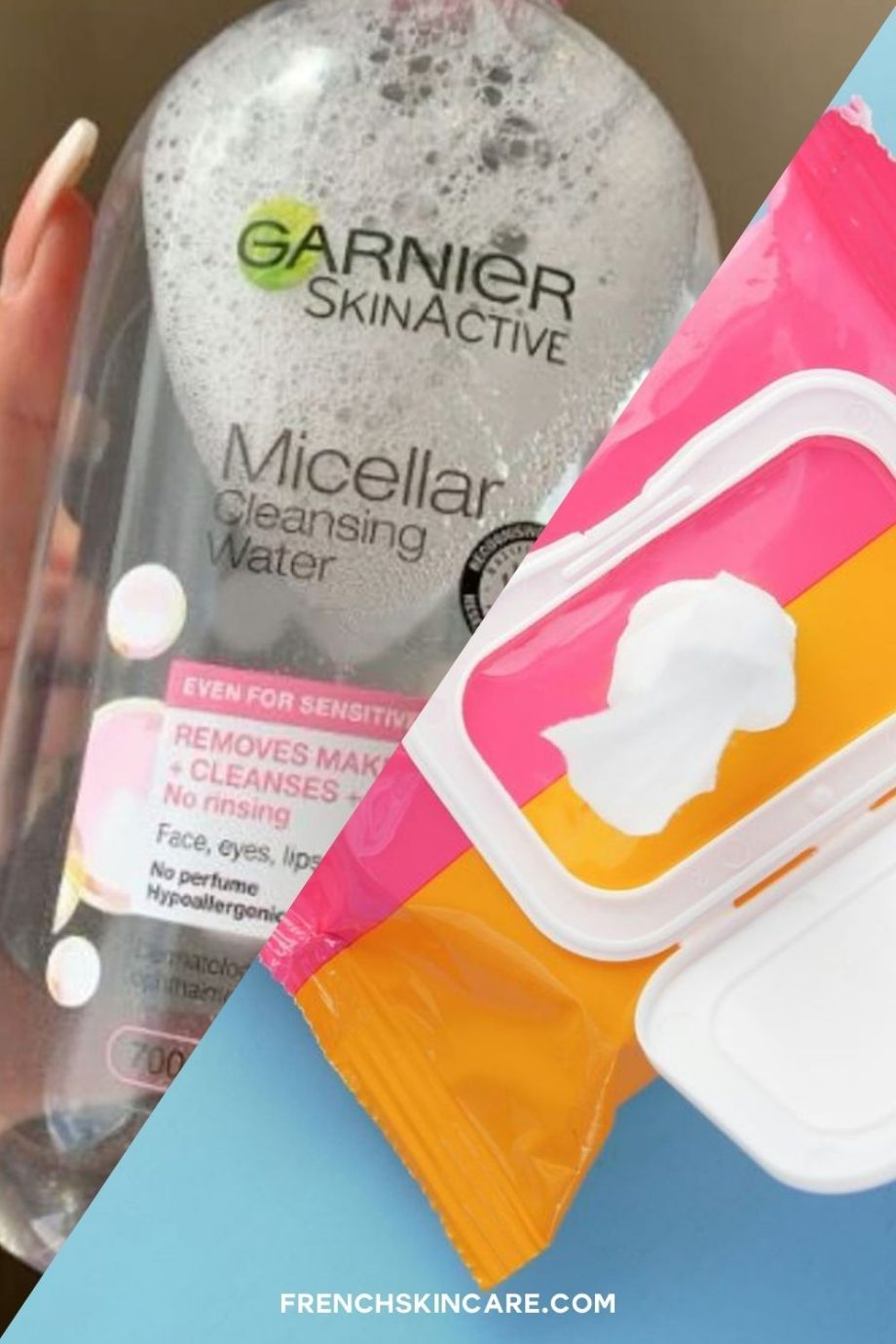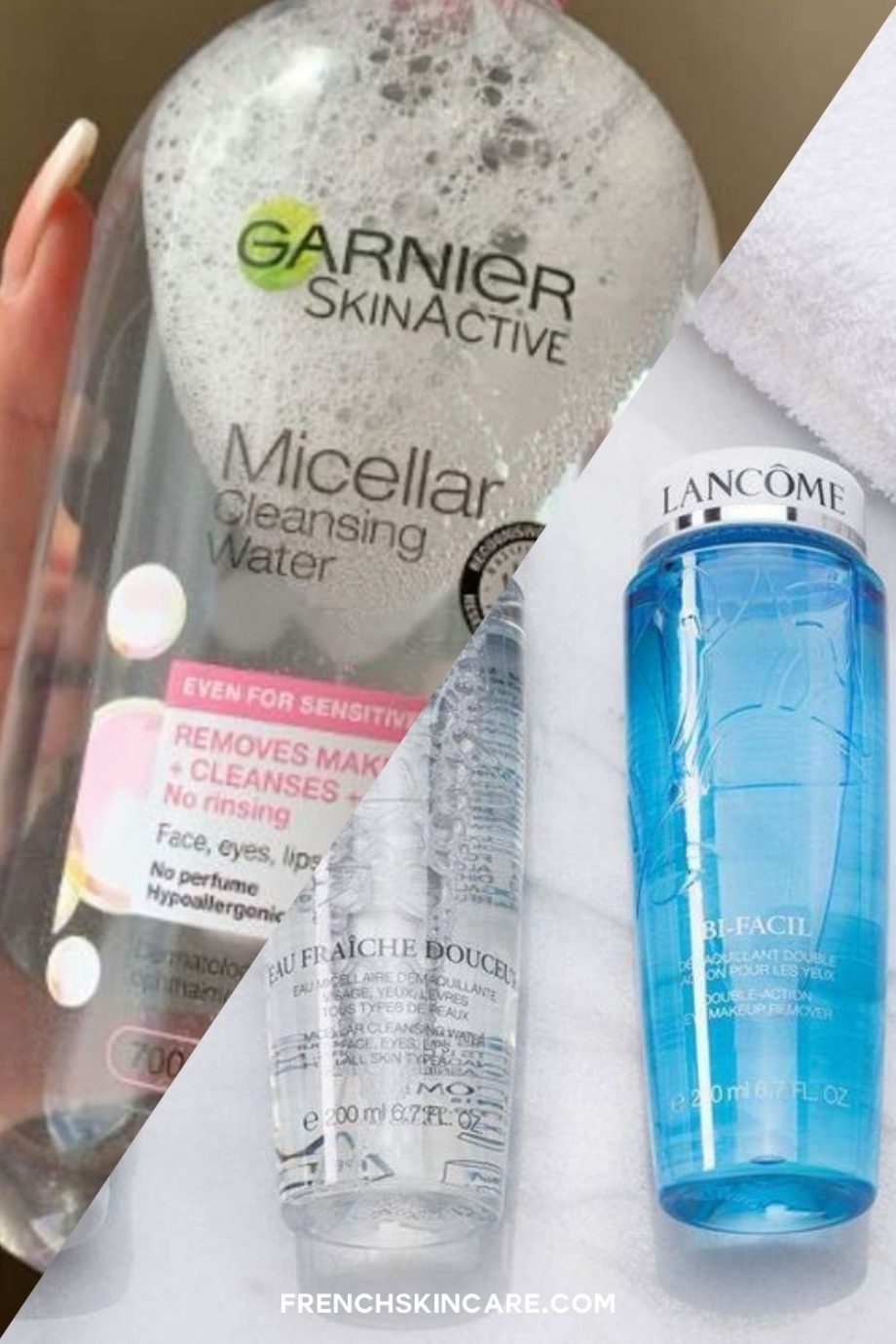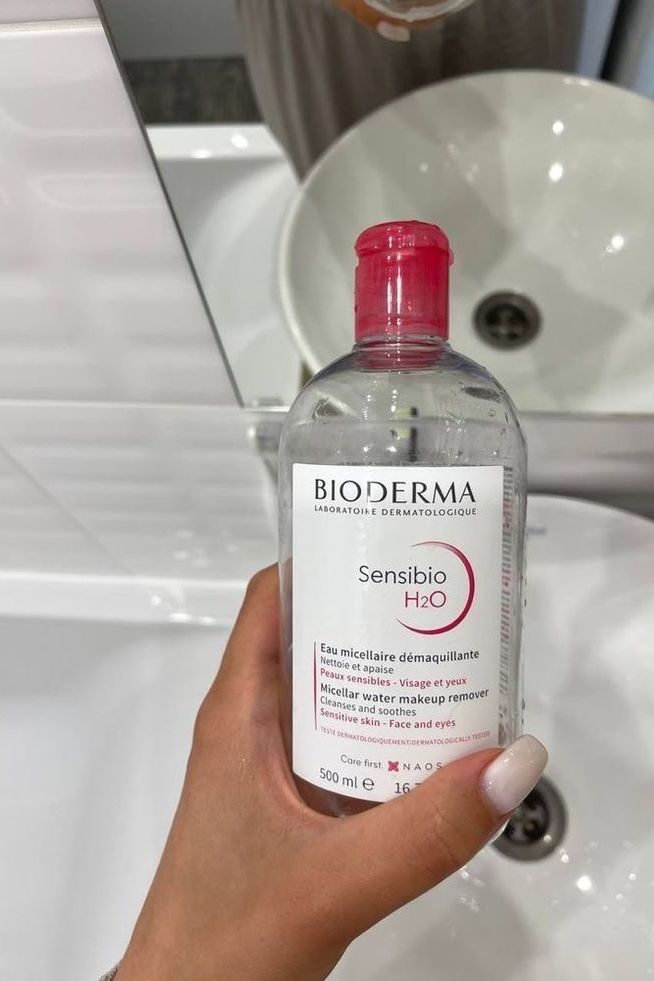If you’re like me, you’re always on the lookout for the best products to add to your routine. Micellar water and witch hazel have been gaining popularity in the skincare community, but which one reigns supreme?
Let’s look at the differences between these two products and how they measure up in terms of effectiveness, ingredients, and benefits for our skin. If you’ve been debating which one to incorporate into your routine, keep reading to find out which one comes out on top: micellar water or witch hazel.

Micellar Water vs Witch Hazel Differences
Micellar water and witch hazel may seem like two similar products, both used for cleansing and toning the skin. However, as a skincare fan in the industry, I can tell you that there are significant differences between these two popular skincare products. I will distinguish the characteristics of micellar water and witch hazel to understand these two components comprehensively.
Micellar water, also known as cleansing water, is a skincare product quickly gaining popularity in recent years. It is made up of tiny oil molecules called micelles that are suspended in soft water. These micelles attract impurities, dirt, and makeup from the skin, without the need for harsh rubbing or the use of water. It is a gentle and effective way to cleanse the skin, making it a favorite among those with sensitive or dry skin.
Bioderma Sensibio H2O Micellar Water
33% OffThe origins of micellar water can be traced back to France in the 1990s. It was initially created as a skincare solution for French women who lived in regions with hard water that was harsh on their skin. Micellar water was a game-changer as it allowed them to cleanse their skin without the use of harsh tap water. Since then, French beauty companies have made significant advancements in micellar water formulas, making it a staple in many skincare routines around the world.
On the other hand, witch hazel has been used for centuries as a natural remedy for skin concerns. It is derived from the leaves, bark, and twigs of the witch hazel shrub, also known as Hamamelis virginiana. Native Americans were the first to discover the soothing and healing properties of witch hazel, using it to treat cuts, bruises, and skin irritation. It was then introduced to European settlers, who used it to treat ailments, including acne, eczema, and sunburn.
Today, witch hazel is commonly used as a toner to tighten the skin and reduce the appearance of pores. It is also known for its anti-inflammatory and anti-bacterial properties, making it an excellent natural solution for acne-prone skin. Witch hazel is typically applied to the skin with a cotton pad after cleansing to remove any remaining impurities and balance the skin’s pH levels.
Ingredients
One of the main differences between micellar water and witch hazel is their ingredients. Micellar water is primarily made up of water and oil molecules, making it a gentle and hydrating option for all skin types.
On the other hand, witch hazel contains tannins whose astringent properties make it a better option for those with oily or acne-prone skin.
Process
Another crucial factor to consider is how these two products work. Micellar water works by using the principle of attraction, where the oil molecules in the product are drawn to dirt and impurities, removing them from the skin.
Witch hazel works by tightening the skin’s pores, effectively reducing the appearance of pores and removing excess oil and debris.
Effectiveness
In terms of effectiveness, both micellar water and witch hazel are excellent products for cleansing and toning the skin. However, it is essential to consider your skin type and concerns when choosing between the two.
Micellar water is generally a more gentle option and may be better suited for those with dry or sensitive skin. Witch hazel’s astringent properties make it a more suitable choice for those with oily or acne-prone skin.
The Bottom Line
In conclusion, while both micellar water and witch hazel are effective skincare products, they have distinct differences in their history, ingredients, and properties that make them suitable for different skin types.
As with any skincare product, it is crucial to consider your skin’s specific needs and concerns when choosing between these two. Ultimately, incorporating either micellar water or witch hazel into your skincare routine can lead to healthier, glowing skin.





